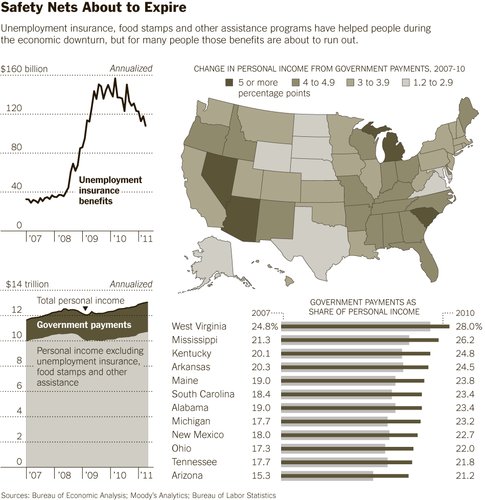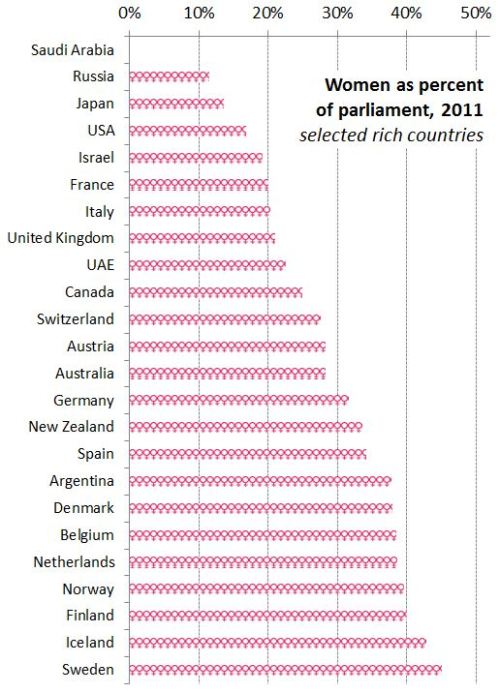Cross-posted at Ms. and Jezebel.
In a previous post I’ve argued against framing a preference for boy children as “culturally Asian.” New data from Gallup, sent in by Kari B., shows that this preference is alive and well among Americans, at least among young men. While women are most likely to have no opinion and about equally likely to prefer a girl or boy, men are significantly more likely to prefer a boy. This preference is strongest among younger men, but still present among men over 50. Whereas women become increasingly indifferent with age and, secondarily, begin to prefer girls.
The editors at CNN note that, since children are mostly born to young people, and indifferent women may bend to men’s preferences, new sex selection technologies threaten to create a gender imbalance in the U.S.
Lisa Wade, PhD is an Associate Professor at Tulane University. She is the author of American Hookup, a book about college sexual culture; a textbook about gender; and a forthcoming introductory text: Terrible Magnificent Sociology. You can follow her on Twitter and Instagram.






















